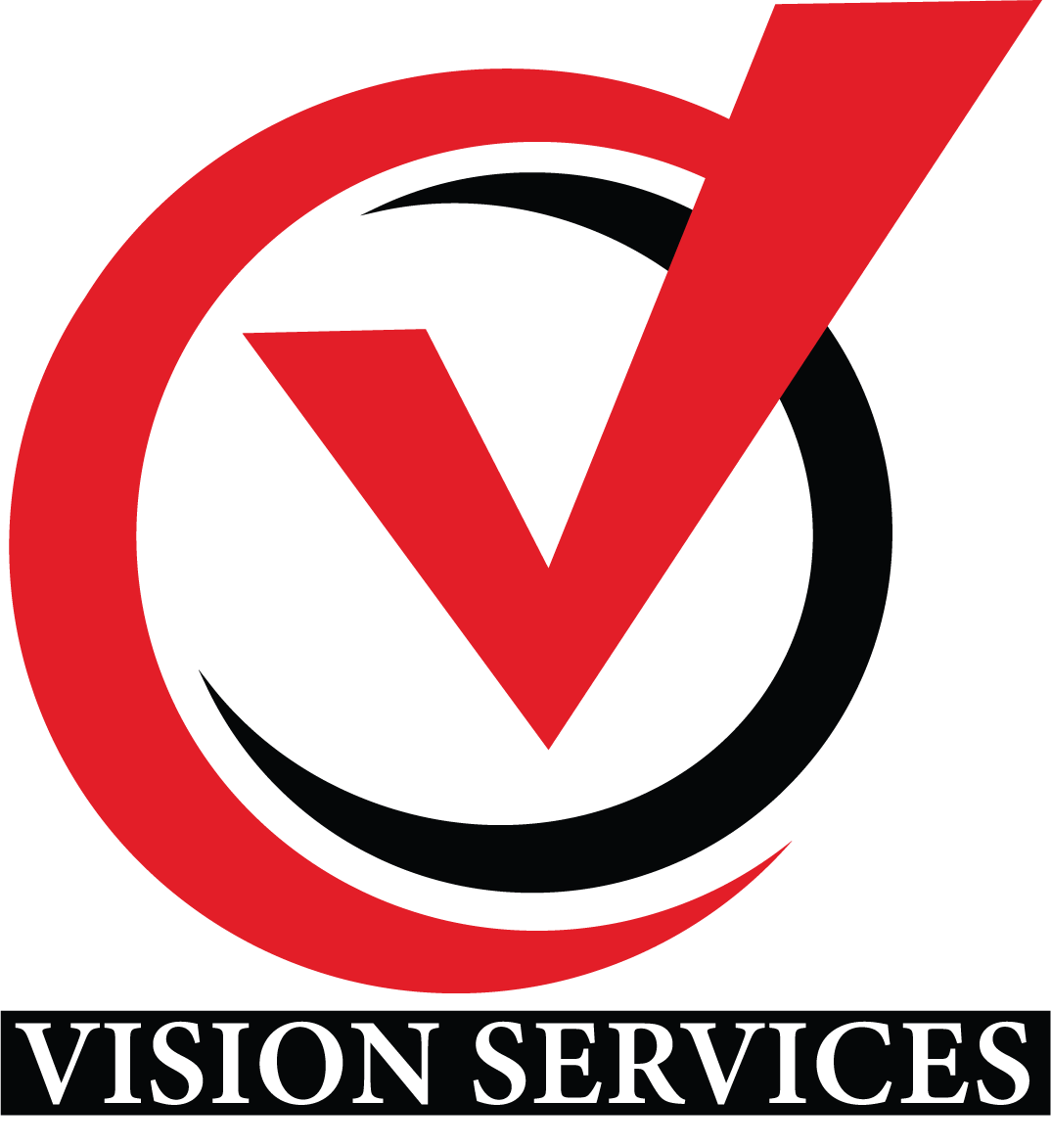In today’s fast-evolving business landscape, achieving and sustaining organizational success requires more than just offering quality products or services. Companies must focus on creating strong operational strategies, developing their workforce, leveraging technology, and fostering innovation. Organizational success is the result of deliberate planning, efficient execution, and continuous improvement across all levels.
Understanding Organizational Success
Organizational success is the culmination of achieving strategic goals, maintaining a competitive edge, and sustaining growth over time. Success is not just financial—it encompasses employee satisfaction, customer loyalty, market presence, and adaptability.
Factors influencing organizational success include:
- Leadership and Vision: Strong leaders who guide and inspire teams.
- Employee Development: A skilled and motivated workforce.
- Operational Efficiency: Streamlined processes and optimized resource allocation.
- Innovation and Adaptability: Ability to embrace change and technological advancements.
- Customer Focus: Delivering value that meets or exceeds expectations.
Organizations that balance these factors effectively achieve sustainable success and remain resilient in the face of challenges.
Key Strategies Driving Organizational Success
1. Develop Clear Vision and Mission Statements
A clear organizational vision and mission provide a roadmap for success. They define purpose, align efforts, and guide decision-making. Strategies include:
- Communicating vision and mission consistently across teams
- Setting measurable objectives linked to organizational goals
- Encouraging employee alignment with company values
A shared understanding of purpose motivates employees and ensures everyone works toward common goals.
2. Invest in Employee Development
Employees are the backbone of organizational success. Organizations that prioritize employee growth through training, mentoring, and career development programs experience higher engagement, productivity, and retention. Strategies include:
- Skill development workshops and certifications
- Leadership mentoring programs
- Continuous learning initiatives and e-learning platforms
A workforce equipped with the right skills and knowledge is capable of driving performance and innovation.
3. Foster Effective Leadership
Strong leadership is critical to organizational success. Effective leaders inspire, guide, and support teams while making strategic decisions that propel growth. Leadership strategies include:
- Mentoring and coaching emerging leaders
- Encouraging transparent communication
- Empowering teams to take ownership of projects
Leadership development ensures the organization has capable decision-makers and visionaries for the future.
4. Implement Efficient Operational Processes
Streamlined workflows and efficient processes reduce costs, minimize errors, and enhance productivity. Organizations can drive success through:
- Process automation and digital tools
- Standard operating procedures for consistency
- Regular evaluation and improvement of operational practices
Optimized operations enable the organization to deliver better results while maintaining quality and efficiency.
5. Encourage Innovation and Adaptability
In today’s dynamic market, innovation is essential for survival and growth. Companies must embrace new technologies, creative problem-solving, and adaptable strategies. Steps to foster innovation include:
- Creating innovation-focused teams
- Encouraging employees to propose new ideas
- Investing in research and development
Adaptive organizations can respond to market trends, customer needs, and industry disruptions more effectively.
6. Enhance Employee Engagement and Collaboration
Engaged employees contribute more effectively to organizational goals. Strategies to increase engagement include:
- Recognition and reward programs
- Cross-functional collaboration opportunities
- Open communication channels for feedback and ideas
Collaboration fosters knowledge-sharing, teamwork, and a sense of ownership, all of which are critical to organizational success.
7. Focus on Customer-Centric Strategies
Customers are at the heart of every successful organization. Meeting their needs and exceeding expectations strengthens loyalty and drives growth. Approaches include:
- Collecting and acting on customer feedback
- Personalizing products and services
- Building strong customer relationships through trust and transparency
Customer-focused strategies ensure long-term business sustainability and competitive advantage.
8. Leverage Technology and Data Analytics
Modern businesses thrive by harnessing technology and data to make informed decisions. Strategies include:
- Using analytics to monitor performance and identify opportunities
- Implementing digital tools to improve efficiency
- Adopting AI-driven solutions for predictive insights
Data-driven decision-making ensures accuracy, reduces risk, and enables scalable growth.
9. Cultivate a Positive Organizational Culture
A healthy culture attracts talent, improves retention, and drives performance. Organizational culture strategies include:
- Promoting transparency and ethical behavior
- Encouraging continuous learning and innovation
- Supporting diversity, equity, and inclusion initiatives
A positive culture empowers employees to perform at their best and aligns them with organizational objectives.
10. Measure Performance and Continuously Improve
Sustainable success depends on monitoring progress and refining strategies. Effective performance management includes:
- Establishing KPIs aligned with organizational goals
- Regularly reviewing outcomes and employee performance
- Adapting strategies based on insights and feedback
Continuous improvement ensures organizations remain competitive and responsive to changing environments.
Case Studies: Organizations Achieving Success
- Technology Sector: A software company invested in employee development, leadership mentoring, and innovation labs, resulting in a 35% increase in productivity and market share.
- Healthcare Industry: Hospitals implementing process optimization, training programs, and patient-focused strategies improved care quality and staff efficiency.
- Retail Sector: Clear operational processes, customer engagement, and employee recognition programs boosted sales performance and customer loyalty.
These examples show that combining multiple success-driving strategies leads to tangible results across industries.
Future Trends in Organizational Success
- AI and Automation Integration: Streamlining processes and enabling data-driven decisions
- Remote and Hybrid Work Models: Offering flexibility while maintaining productivity
- Employee-Centric Growth Initiatives: Continuous learning, mentoring, and engagement programs
- Sustainable Business Practices: Balancing profit with social and environmental responsibility
- Agile Organizational Structures: Adapting quickly to market changes and industry disruptions
Organizations that embrace these trends are well-positioned for long-term success.
Conclusion
Organizational success today is no longer solely about revenue generation—it requires a holistic approach that integrates leadership, employee development, process efficiency, innovation, and customer focus. By implementing the strategies outlined above, organizations can:
- Improve productivity and efficiency
- Foster employee engagement and retention
- Drive innovation and adaptability
- Enhance customer satisfaction and loyalty
- Achieve sustainable, long-term growth
Success is a continuous journey rather than a destination. Organizations that prioritize these strategies build a strong foundation for growth, resilience, and competitiveness in an ever-evolving business environment.
Focusing on these key strategies ensures that both employees and the organization thrive together, creating a cycle of growth, performance, and excellence.




